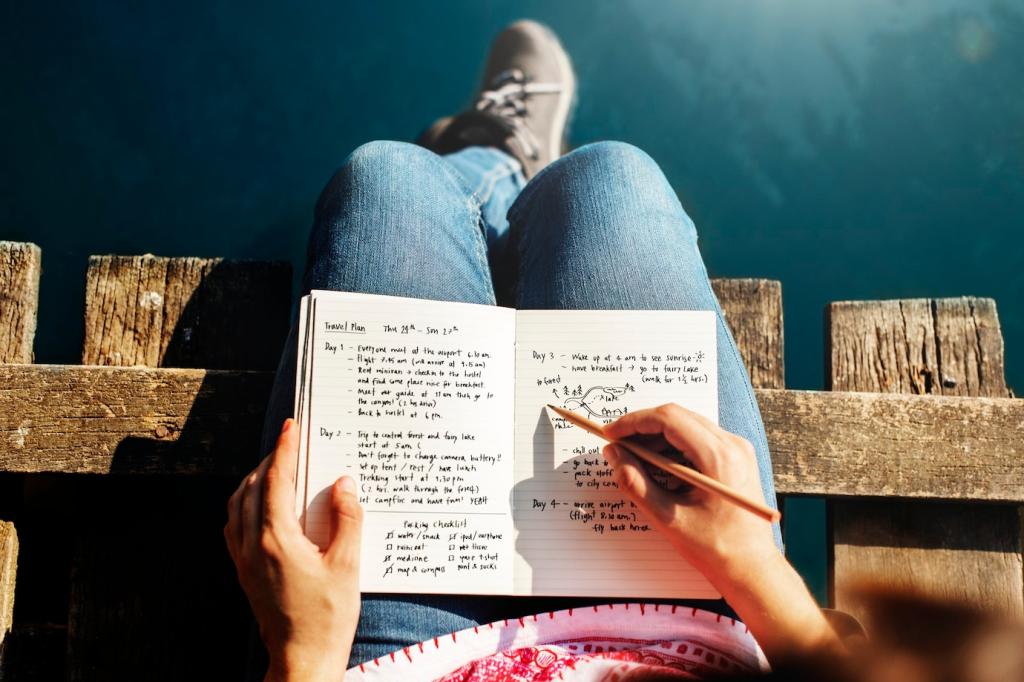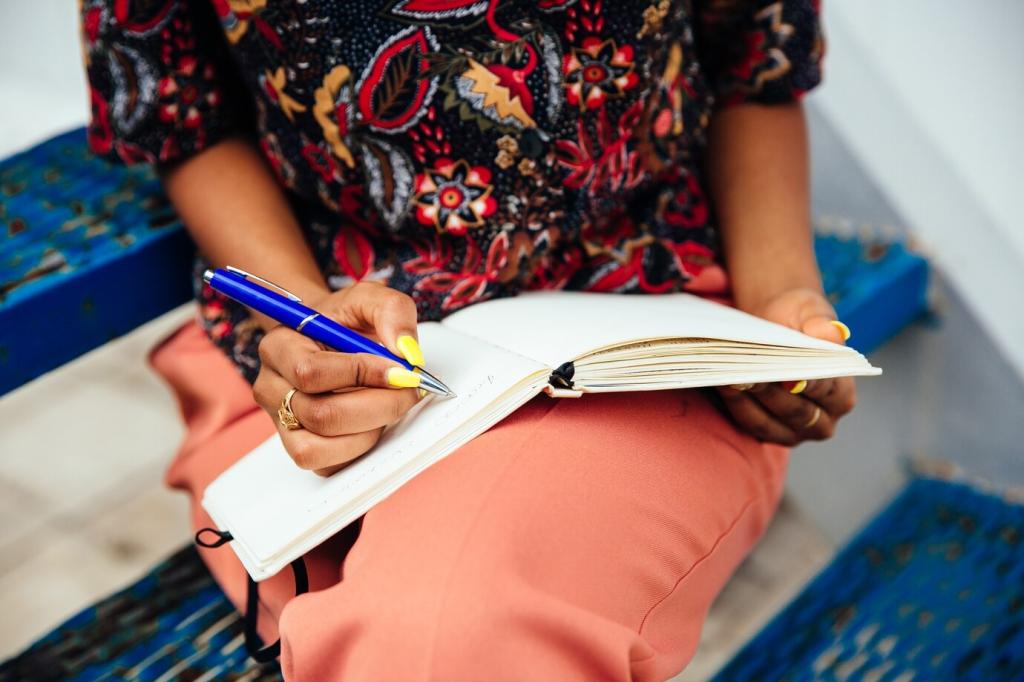Finding Trustworthy Historical Sources
City archives, parish records, and historic plat maps reveal street renamings, vanished rivers, and forgotten neighborhoods. Bring photocopies or digital overlays to show guests how boundaries and meanings shifted over decades.
Finding Trustworthy Historical Sources
Interview longtime residents, artisans, and elders. Their memories add textures official documents miss: smells of a vanished bakery, fears during curfews, nicknames for alleys. Credit storytellers, and invite guests to contribute responsibly.












